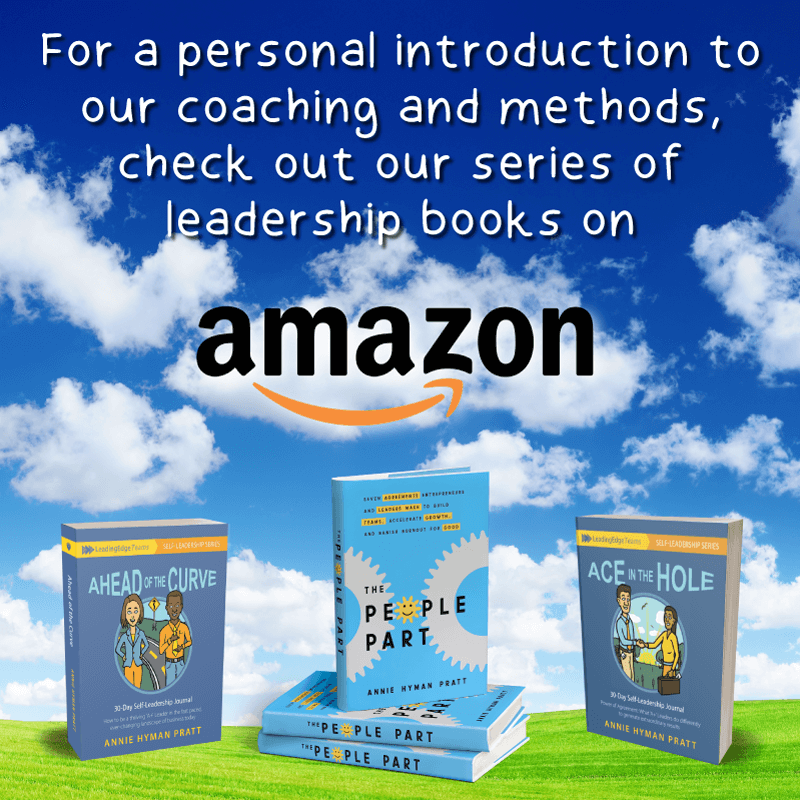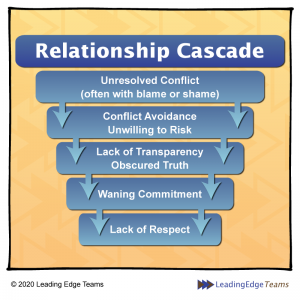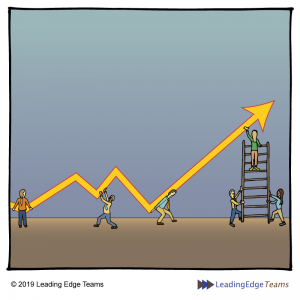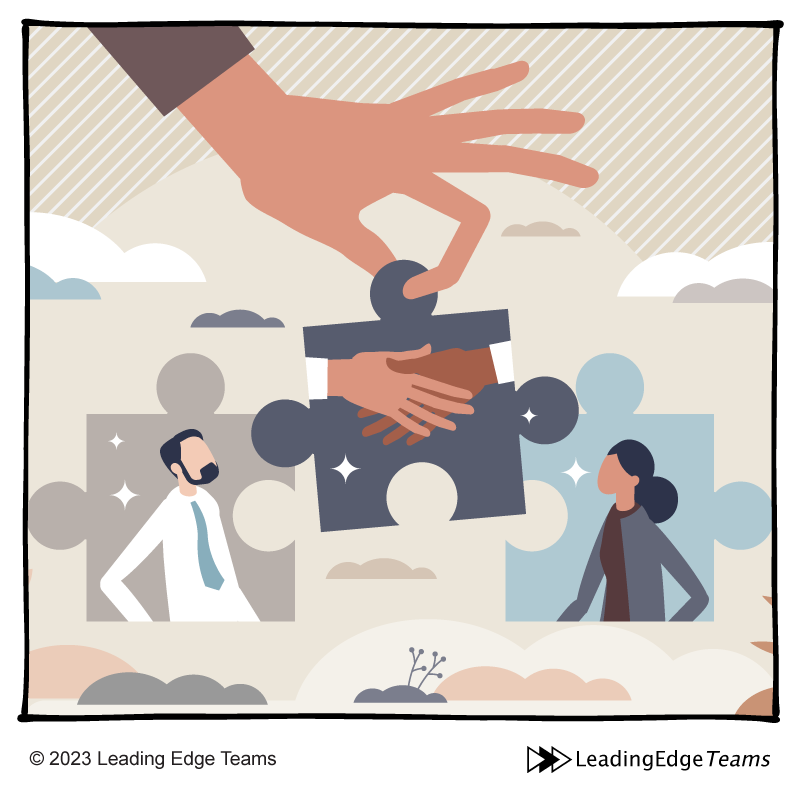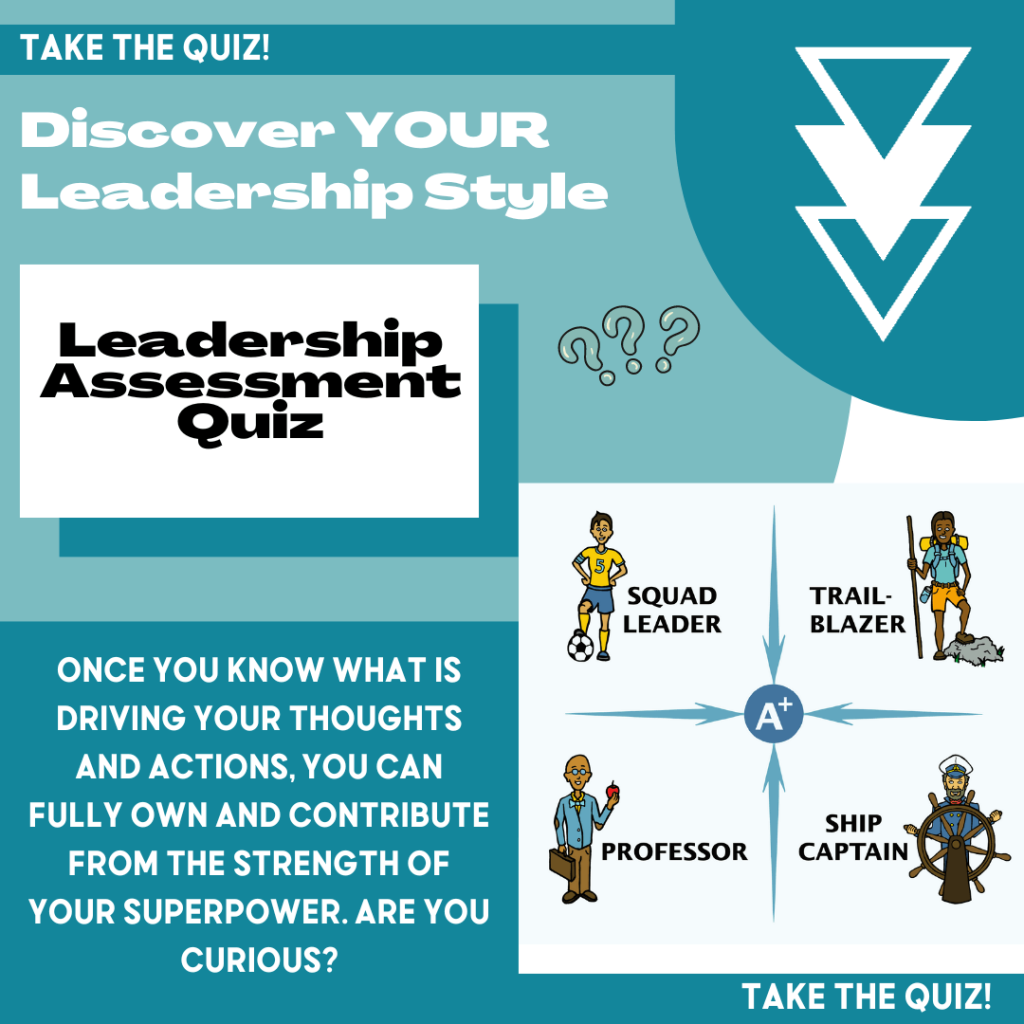Why to learn to partner with your team…
In 1995 when I was CEO of Coffee Bean & Tea Leaf at the height of our rapid expansion, I was in the middle of scrambling to remodel stores, open a new store every month, while simultaneously attempting to resolve our staffing and efficiency issues! It was a lot to say the least AND training new team members was a major investment in time and resources, and if an employee stayed only a short time, the entire staff felt the impact. This often turned into a cycle of overworking the trained people to the point of burnout, because there just weren’t enough of them!
And, because our growth was mostly fueled by traditional bank borrowing, if we put money into stores that performed poorly, our entire growth plan could collapse, and then we’d have trouble paying our debts.
The Ivory Tower
The slew of new (and stressful!) pressures made the company like a bucking bronco—so I dug in my boots the only way I knew how: adopting my dad’s top-down management style. All these years later, I can laugh and admit that I am a “recovered micromanager.” But back then, I wouldn’t listen to my team. My management style forced store managers to wait on me and my decisions, when they should have been presenting their solutions to the issues that they were dealing with on the ground. Instead of asking, “What do our stores need?” their default was, “What does Annie want?”
I vividly remember the gut-wrenching day I realized I had to change. My HR manager and I had a major disagreement about management staffing, and while storming out the door, she didn’t mince words about me and the “ivory tower” she felt I lived in (spicing in language that I don’t dare repeat) and how my leadership style “wasn’t working!” And she wasn’t the only one who felt that way. Many other managers threatened to quit en masse, and for the first time it hit me that having an unhappy, overworked, under-inspired workforce could put us out of business.
Discovery
In the undeniable reality of this painful moment, the light turned on, and I realized that a viable company isn’t just a product or a service, nor is it a combination of systems or processes—it’s all about the people who work there. After all, they are the ones who, day in, day out, deliver results. Their skills, their commitment, their teamwork, and their heart are necessary to drive a business forward. I couldn’t have sustainable business success without my team—I had to learn how to partner with them.

I mulled over this thought: How could I let people know they were an essential key to achieving our goals within our company? How could I make the best use of our great employees—the people I now call ‘A’ Players—and at the same time structure teams in such a way that they worked together like the well-tuned parts of an engine? I needed a business model that allowed me to step back to do the bigger strategic thinking while filling the gap with people who stepped up and took responsibility!
Realization
To make this happen, I had to radically change my management approach. No longer could I sacrifice our company values to get results, no matter how tempting, because then everyone who worked there would do the same. I realized I wanted a company whose reputation highlighted the value of our products and our people—people who were empowered to make decisions and encouraged to lead. Yes, this transition was a challenge for me for a while. I had to learn to develop my team so I could reliably trust that they would think and act in the most effective, best interest of the company and its goals. And once they got developed, I had to trust that they had the skills and perspectives to do not only the operational tasks but also the ongoing managerial activities (such as problem-solving and decision-making) that I had kept control of for far too long.
Humbling
These realizations were part of a humbling and growing season for me as a person and a business leader. After all of my running around, working long hours to continue our expansion and strengthen our reputation for having the best ice-blended mocha beverage on the market, I was still slammed with the fact that we could go under from poor operations. Up until this time, I had believed it was my role to figure everything out and then dole out the instructions to my team. My leadership shortcomings were the driving factor behind the challenges we were facing, and this harsh reality got my attention. At that point, I started to think, I have to learn how to do this differently. Our company would not survive if I didn’t change my approach and transform into a leader who recognized the people who worked for me as my most valuable resource.
Partner With Your Team
And if I could do it (a reformed micromanager!), I know you can too.
So how do you uplevel your own leadership skills?
You must learn how to partner with your team so that you can empower them to become leaders who are able to problem-solve and make decisions anchored in the outcomes of your vision and strategic plan. This is key to your long term success. The days of top-down authority are over and any business committed to caring about their impact on their team and clients will lean into collaborating and developing their team to drive outcomes.
And that’s what The People PartTM is all about.
Agreements
We teach companies and their leaders how to come together to align and make conscious agreements that help you take effective action together.

And before you dive into ACE teamwork, you (and each member of your team) have to be in Self-Leadership which is the basis of critical thinking, performance, and effective interaction. Because, if you are continuously showing up in self-protection, your best thinking is NOT available. And that means your ability to make the best decisions in partnership with your team is also not available.
Take Action
Here are a few tips to help you get out of a reactive state (self-protection) and show up in Self-Leadership so you can effectively collaborate with your most valuable resource—your team:
- Start noticing and recognizing when you might be in self-protection and don’t make any decisions in the moment if you can help it (this might not always be possible especially if you’re in the middle of a presentation). But, it is more possible than most realize to ask to postpone the decision until later in the day, or the following day, to give time for emotions to pass, and all to be certain they are seeing things clearly.
- If you are having a reaction where you feel like you want to defend, prove, fix, or blame (or any other reactive impulse), pause in a way that helps calm down your own reaction. It can be as simple as sitting back in your chair, and pulling your focus inward, or putting your emphasis on listening. Active listening is a leadership super skill that can be very revealing in the best possible way.
- Depending on the circumstances, once you’ve paused, do something that helps you regulate your emotions so you can shift back to a more neutral state—go for a walk, take a dance break, play with your dog or kids, watch a funny video, or whatever else helps you move the energy of your emotions. These moments we step away, often prove to feed our creativity, so even if you feel you couldn’t possibly take the time, trust me and take the longer pause.
The Key
Strengthening your own emotional endurance is the one thing you can do everyday to help ensure you have the leadership stamina to meet the moment. Self-Leadership is key to your empowerment. The more you can become aware of your own reactive behaviors and get yourself back into Self-Leadership, the easier it will be to work with your team effectively.
You and your team are in this together and you need each other, with your best thinking, to reach the best results! Partner with your team! Deploy united teamwork today with ACE: alignment to outcomes and consciously made agreements, set you up with the best chance to take effective action.
You’ve got this!
Warmly,
Annie



